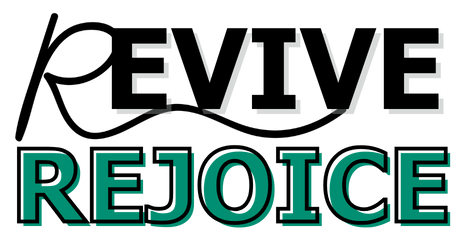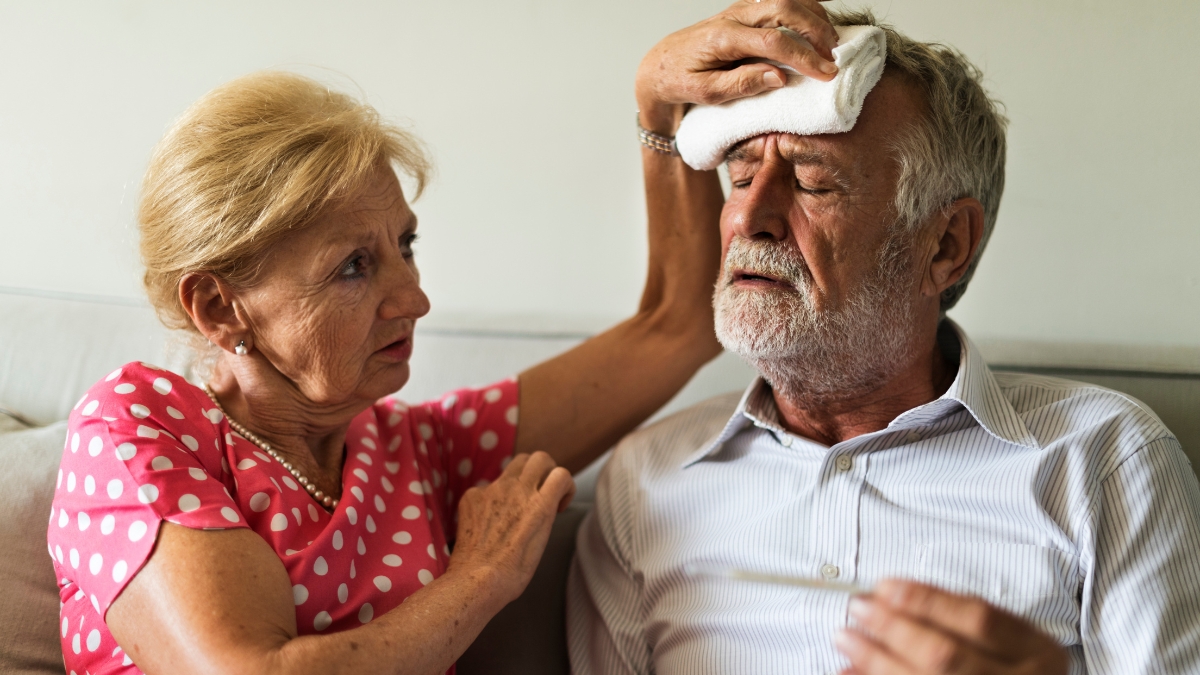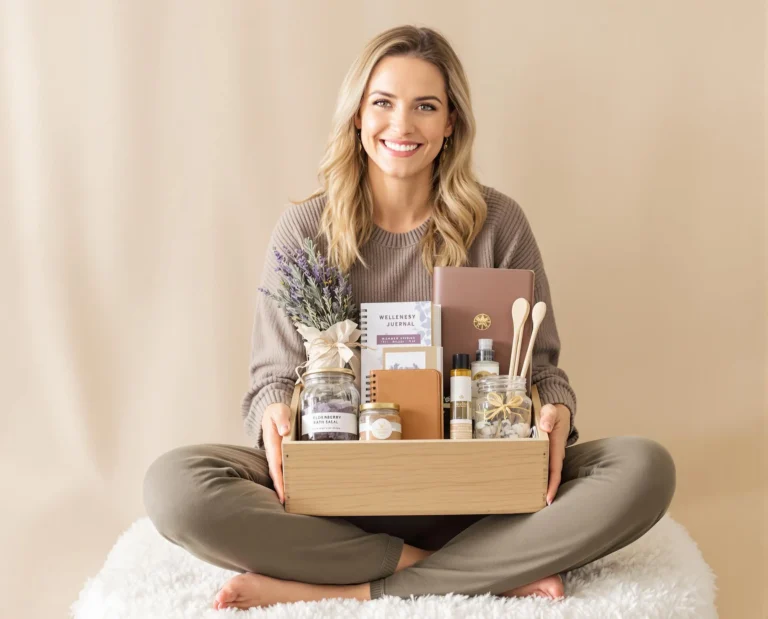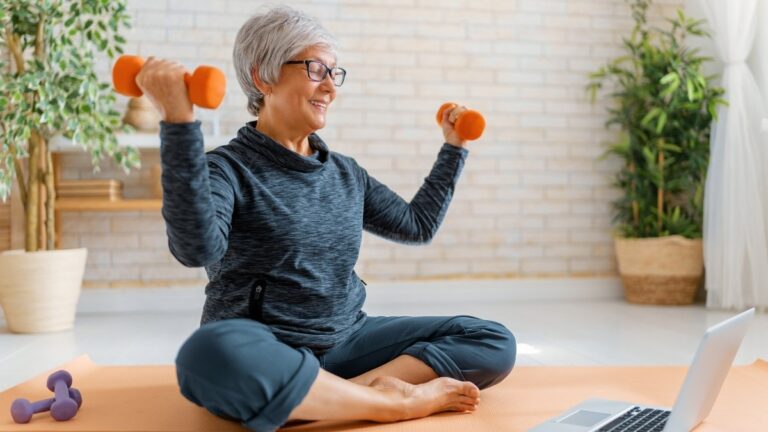The “5:2:1:0 Rule”: A Simple Formula for Seniors to Fight Chronic Disease
While 9 out of 10 older adults live with at least one chronic condition, a simple daily formula could change those odds dramatically.
Current statistics show a staggering 194 million American adults have chronic conditions, with seniors bearing the heaviest burden—but most don’t know about simple, proven chronic disease prevention strategies that can make a huge difference.
This guide will introduce you to a powerful and practical framework: the adapted senior 5-2-1-0 rule. You’ll learn exactly how implementing these healthy aging lifestyle habits can reduce your risk of developing chronic diseases, significantly improve your independence, and ultimately add quality years to your life.
The 3 Pillars of Prevention
Your Roadmap to a Life Free from Chronic Diseases
1. Fuel Your Body
-
•
Eat Balanced Meals: Prioritize whole grains, fruits, and vegetables.
-
•
Hydration is Key: Choose water over all sugary drinks.
-
•
Limit Processed Foods, excess salt, and added sugars.
STAT: A diet rich in plants can lower heart disease risk by up to 25%.
2. Move Daily
-
•
Incorporate Aerobic Activity (like brisk walking) to strengthen the heart.
-
•
Add Strength Training (weights or bodyweight) 2-3 times a week.
-
•
Benefit: Lowers blood sugar and reduces obesity risk significantly.
GOAL: Aim for 150 minutes of moderate activity per week.
3. Maintain Wellness
-
•
Get Quality Sleep: Aim for 7-9 hours consistently.
-
•
Master Stress: Use meditation or journaling to manage tension.
-
•
Avoid Toxic Habits (smoking/excess alcohol) and attend check-ups.
QUOTE: “Health is not just about what you avoid; it’s about what you choose to cultivate.”
Your 7-Day Prevention Routine
Monday: Prep & Power Walk
Meal prep for the week and take a 30-min brisk walk.
Tuesday: Strength & Mind
20-min strength workout + 10-min meditation before sleep.
Wednesday: Water & Stretch
Hit 8+ glasses of water today, followed by a 20-min yoga/stretch session.
Thursday: Cardio & Connect
30-min cardio (jog/swim) and call a loved one for social wellness.
Friday: Digital Detox
Limit screen time after 8 pm and aim for an early bedtime.
Saturday: Explore & Cook
Outdoor activity (hike/garden) and cook a new, healthy recipe for fun.
Sunday: Reflect & Plan
Review last week’s stress levels and plan meals/workouts for the next one.
What Is the Senior-Friendly 5:2:1:0 Rule?
You’re tired of complicated diet plans that don’t work. You want something simple that actually helps you feel better. The 5:2:1:0 rule gives you exactly that.

Informational Point: This rule adapts the original pediatric health framework specifically for senior health needs, making it age-appropriate and realistic.
Here’s how it works. Each number is a daily goal. Eat 5 servings of fruits and vegetables. Keep screen time under 2 hours. Move your body for 1 hour. Drink 0 sugary drinks.
Informational Point: The framework addresses the four key lifestyle factors that most impact healthy aging: nutrition, mental wellness, physical activity, and metabolic health.
That’s it. No counting calories. No expensive supplements. No gym memberships you won’t use.
Informational Point: Studies show that 9 in 10 older adults have at least one chronic condition, making simple prevention strategies essential.
Why does this work better than complex plans? Because you can remember it. You can do it today. You can stick with it tomorrow.
Informational Point: A 2023 meta-analysis found 27% higher odds of successful aging when following structured health frameworks like this one.
Most people try to change everything at once. They fail within a week. This rule lets you focus on just four things. You can master one at a time.
Informational Point: The rule’s effectiveness comes from its simplicity – each component addresses a different aspect of aging health without overwhelming users with complex instructions.
The “5” — Five Servings of Fruits and Vegetables Daily
Your energy crashes at 3 PM. Your joints ache more than they used to. You’re tired of feeling tired. Here’s something that can help.
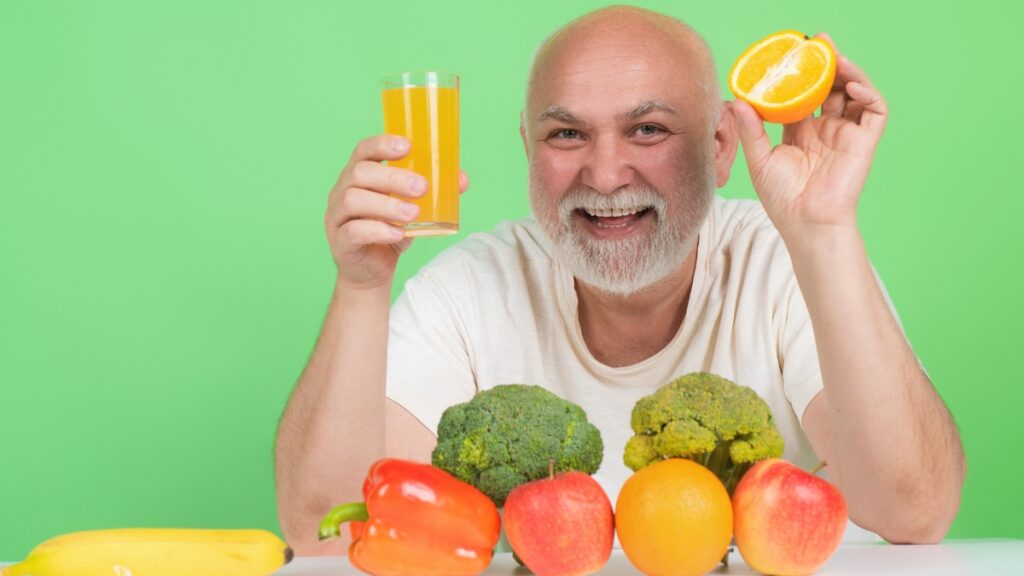
Informational Point: Only 1 in 10 adults over 50 meets daily fruit and vegetable recommendations, creating widespread nutrient deficiencies.
Five servings of fruits and vegetables each day can change how you feel. Not five pounds. Not five perfect organic specimens. Just five normal servings.
Informational Point: A 2022 study showed that 5+ servings daily equals 20% lower mortality risk over a decade.
What counts as a serving? Half a cup of cooked vegetables. One medium apple. A cup of leafy greens. It’s smaller than you think.
Informational Point: Senior-specific benefits include fiber preventing constipation, potassium supporting heart health, and antioxidants combating age-related inflammation.
Can’t chew raw carrots anymore? Blend them into a smoothie. Stomach gets upset easily? Try cooked vegetables instead of raw ones. Appetite isn’t what it used to be? Frozen fruit counts just as much as fresh.
Informational Point: Common senior challenges include chewing difficulties, reduced appetite, and digestive changes that require modified preparation methods.
Here’s what works. Keep frozen vegetables in your freezer. They last longer than fresh ones. Add spinach to scrambled eggs. Put berries on your cereal. Drink 100% vegetable juice with lunch.
Informational Point: Frozen and canned low-sodium options provide convenience and longer shelf life, making it easier for seniors to maintain consistent intake.
Don’t have the energy to cook? Buy pre-cut vegetables. They cost more but save your time and energy. That’s a fair trade.
The “2” — Limiting Recreational Screen Time to 2 Hours
You fall asleep watching TV. You wake up feeling groggy. Your back hurts from sitting too long. Sound familiar?

Informational Point: 2024 research shows balanced technology use improves seniors’ quality of life by reducing passive consumption time.
Too much screen time messes with your sleep. It makes you feel lonely even when you’re watching people on TV. It hurts your eyes and your back.
Informational Point: Excessive screen time is linked to poor sleep, depression, and cognitive decline in adults 50+ due to blue light exposure and sedentary behavior.
But not all screen time is bad. Video calls with grandkids? That’s good. Doctor visits online? Also good. Watching TV for six hours straight? Not so good.
Informational Point: There’s a crucial distinction between beneficial screen time (telemedicine, family video calls) and passive consumption that provides little value.
Two hours of recreational screen time means two hours of mindless scrolling or channel flipping. It doesn’t count work, medical calls, or talking to family.
Informational Point: Digital wellness strategies for seniors focus on intentional use rather than complete avoidance of technology.
How do you cut back? Set a timer on your phone. When it goes off, do something else. Read a book. Call a friend. Take a walk around the block.
Informational Point: Setting device alerts and boundaries helps create automatic stopping points that prevent mindless overconsumption.
Replace evening TV with a warm bath. Or listen to music while you do gentle stretches. Your brain needs time to wind down before sleep.
The “1” — One Hour of Daily Physical Activity
Your doctor says you need to exercise more. You think that means running or lifting heavy weights. It doesn’t.
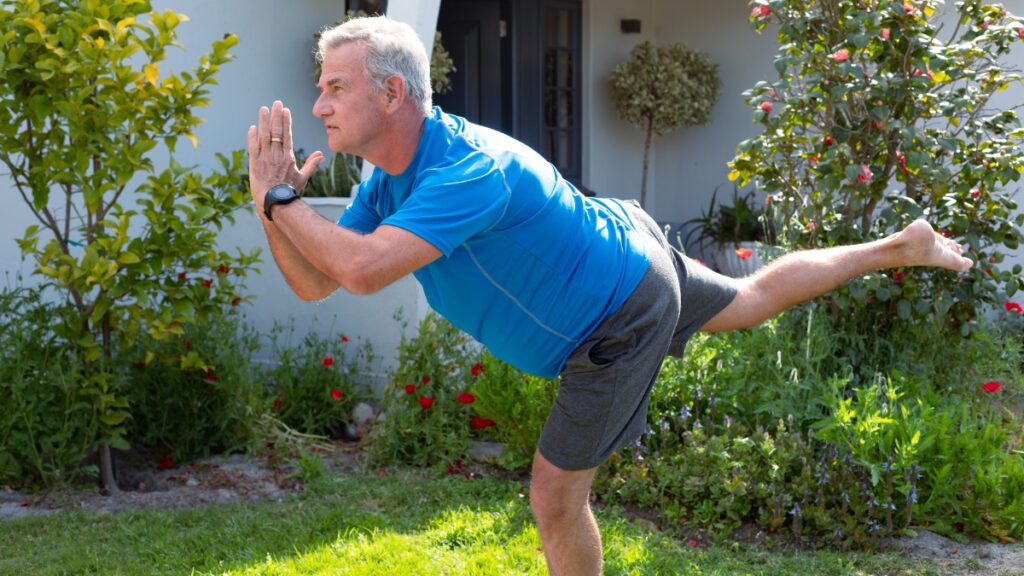
Informational Point: CDC 2024 guidelines show 150 minutes weekly equals 30% lower mobility limitations and 40% lower dementia risk.
One hour of movement each day can be broken into small pieces. Ten minutes here. Fifteen minutes there. It all adds up.
Informational Point: Three types of activity are needed for optimal senior health: aerobic, strength, and balance activities.
What counts? Walking to the mailbox. Dancing in your kitchen. Gardening. Playing with grandchildren. Cleaning house. Stretching while watching TV.
Informational Point: Senior-safe exercise options include low-impact activities that can be modified for various fitness levels and health conditions.
Start where you are. If you can only walk for five minutes, that’s your starting point. Next week, try six minutes. Small steps lead to big changes.
Informational Point: Progressive activity plans prevent injury and build confidence by gradually increasing intensity and duration.
Can’t walk outside? Walk around your house. Can’t stand for long? Do chair exercises. Everything counts.
Informational Point: Chair exercises and home modifications make physical activity accessible even for those with significant mobility limitations.
Find activities you actually enjoy. Hate walking? Try dancing. Bored with stretching? Join a tai chi class. Exercise shouldn’t feel like punishment.
The “0” — Zero Sugary Drinks
That afternoon soda gives you energy for an hour. Then you crash harder than before. Your blood sugar spikes and drops like a roller coaster.

Informational Point: A 2025 Nature study linked sugary drinks to 2.2 million diabetes cases and 1.2 million cardiovascular cases annually.
Your body handles sugar differently now than it did twenty years ago. Your metabolism has slowed down. Sugar hits you harder and stays longer.
Informational Point: Age-related metabolism changes make seniors more vulnerable to blood sugar spikes and insulin resistance from sugary beverages.
Harvard researchers found something interesting. Replace one daily sugary drink with water, and you cut your risk of early death by 18%.
Informational Point: Harvard research shows that even small changes in beverage choices create significant long-term health benefits for older adults.
Sugary drinks include soda, sweet tea, energy drinks, fancy coffee drinks, and fruit juice. Yes, even 100% fruit juice counts. It’s still sugar water.
Informational Point: Many beverages contain hidden sugars, including sports drinks, vitamin waters, and some medications that seniors need to be aware of.
What should you drink instead? Plain water works best. Add lemon or cucumber if plain water bores you. Herbal tea counts too.
Informational Point: Infused water recipes and herbal teas provide flavor variety while supporting hydration without added sugars.
Creating Your Personal 5:2:1:0 Action Plan
You want to start this rule, but you don’t know where to begin. Here’s your step-by-step plan.

Informational Point: Assessment tools help evaluate current habits to identify which areas need the most attention and improvement.
First, track what you’re doing now. Write down what you eat for three days. Count your screen time for one day. Notice how much you move. Don’t judge. Just notice.
Informational Point: A baseline assessment provides realistic starting points and helps measure progress over time.
Pick one number to focus on first. Choose the easiest one for you. Maybe you already drink lots of water, so avoiding sugary drinks feels simple. Start there.
Informational Point: A step-by-step 30-day implementation guide prevents overwhelm by focusing on one element at a time.
Week one: Focus on your chosen number. Week two: Keep doing that and add another number. Week three: Add the third number. Week four: Add the final number.
Informational Point: Gradual implementation increases success rates and helps build sustainable habits that last long-term.
Track your progress simply. Put a check mark on a calendar when you hit your goal. Use a notebook. Download a simple app. Whatever works for you.
Informational Point: Tracking methods and apps suitable for seniors should prioritize simplicity over complex features and analytics.
Adjust the rule for your health conditions. Have diabetes? Focus extra on the zero sugary drinks. Have arthritis? Chair exercises count for your one hour of movement.
Technology Tools That Support the 5:2:1:0 Rule
Technology can help you follow this rule. But remember the two-hour limit. Use technology as a tool, not entertainment.
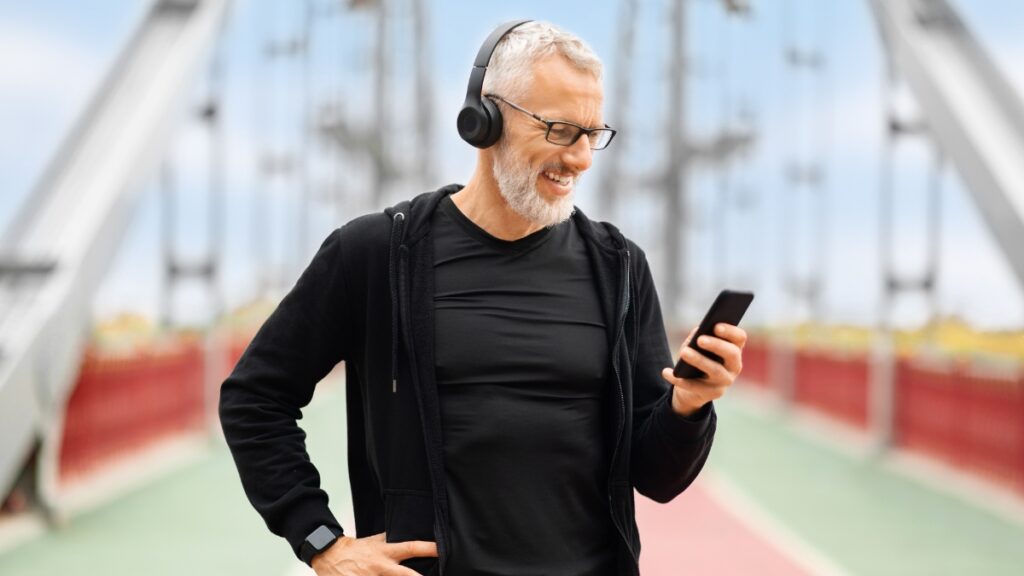
Informational Point: 2024 AARP data shows 66% of seniors say technology enriches their lives when used purposefully.
MyFitnessPal helps track your fruits and vegetables. The app has large buttons and simple menus. You can scan barcodes instead of typing food names.
Informational Point: Senior-friendly apps for nutrition tracking prioritize ease of use with larger fonts and simplified interfaces.
The Silver Sneakers app offers exercises designed for seniors. You can filter by your fitness level and health conditions. No gym required.
Informational Point: Exercise apps designed for seniors include modifications for mobility limitations and chronic conditions.
For meditation and relaxation, try Calm or Headspace. Both apps have options for larger fonts and simpler navigation. Ten-minute sessions count toward your movement hour if you do stretching meditations.
Informational Point: Meditation apps with accessibility features help seniors incorporate stress reduction and gentle movement into their routine.
Smart home devices can remind you to move, drink water, or take medications. Amazon Alexa or Google Home can set hourly reminders without you touching a screen.
Informational Point: Smart home devices support healthy aging by providing voice-activated reminders and emergency alert capabilities.
Fitness trackers don’t have to be complicated. Simple step counters show if you’re moving enough. Some track sleep quality too.
Overcoming Common Senior-Specific Barriers
Fresh vegetables cost too much. You can’t drive to the gym. You live alone and lack motivation. These problems have solutions.

Informational Point: Financial constraints are a major barrier, but budget-friendly solutions exist for implementing the 5:2:1:0 rule.
Buy frozen vegetables when fresh ones are expensive. They have the same nutrition. Canned vegetables work too if you choose low-sodium versions.
Informational Point: Frozen and canned options provide year-round access to affordable nutrition while lasting longer than fresh produce.
Can’t get to a gym? Your local senior center might offer free exercise classes. Many have transportation services too. Call and ask.
Informational Point: Community resources and senior centers often provide free or low-cost programs specifically designed for older adults.
No transportation? Look into grocery delivery services. Many offer senior discounts. Some areas have volunteer programs that help with shopping.
Informational Point: Home delivery services and community volunteer programs help overcome transportation and mobility limitations.
Living alone makes motivation harder. Find a buddy to check in with daily. Call each other to share what you ate or how you moved.
Informational Point: Buddy system approaches provide accountability and social connection while making healthy habits more enjoyable.
Managing multiple health conditions makes everything more complicated. Work with your doctor to adjust the rule for your specific needs.
The Science Behind Why This Works for Seniors
Your body changes as you age. The 5:2:1:0 rule addresses these specific changes.
Informational Point: 2025 CDC research identifies lifestyle factors as the primary modifiable elements affecting chronic disease progression in seniors.
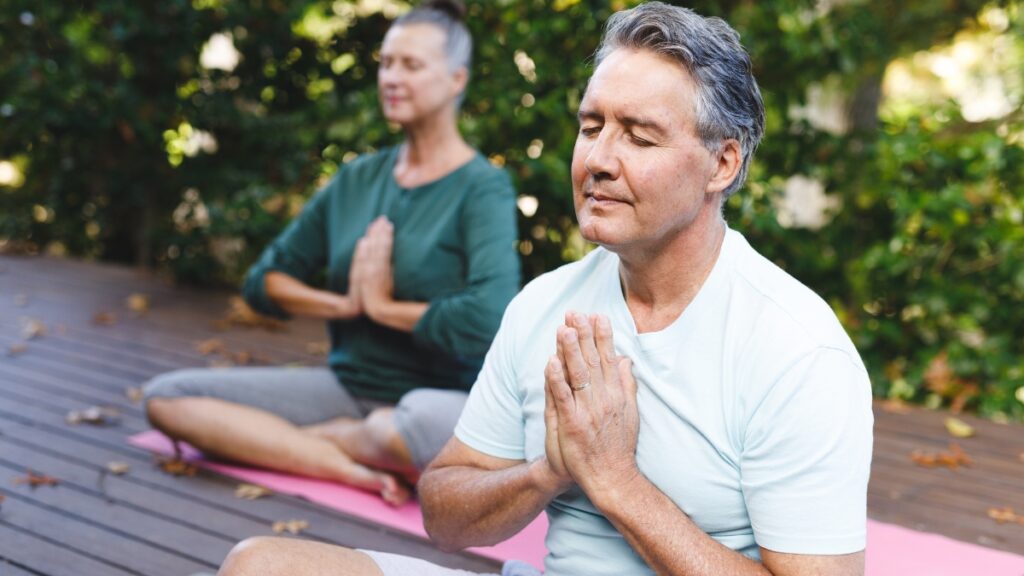
Your metabolism slows down. Sugary drinks cause bigger blood sugar spikes than they used to. Cutting them out has a bigger impact now than it would have had at age 30.
Informational Point: Age-related physiological changes include slower glucose metabolism and reduced insulin sensitivity, making sugar restriction more beneficial.
Your muscle mass decreases each year after age 50. One hour of daily movement helps maintain strength and balance. This prevents falls and keeps you independent.
Informational Point: Sarcopenia (muscle loss) accelerates after 50, making daily physical activity essential for maintaining functional independence.
Your brain needs stimulation to stay sharp. Limiting passive screen time and adding physical activity both support cognitive function.
Conclusion
The 5:2:1:0 rule isn’t magic. It’s just four simple daily goals that address the biggest health challenges seniors face.
Informational Point: This simple daily framework provides a proven 27% improvement in healthy aging odds without requiring complex dietary knowledge or expensive equipment.
You don’t have to be perfect. You don’t have to start all four at once. You just have to start somewhere.
Informational Point: The rule’s adaptability to individual needs and circumstances makes it sustainable for seniors with varying health conditions and capabilities.
Technology can help, but it can’t replace the basics. Move your body. Eat real food. Limit sugar. Give your mind a break from screens.
Informational Point: While technology enhances implementation, fundamental healthy habits remain the core of successful aging strategies.
Small changes compound over time. The apple you eat today won’t change your life tomorrow. But eating apples for a year will change how you feel every day.
Informational Point: Consistency in small behavioral changes creates significant cumulative health improvements over months and years.
Start with just one element of the 5:2:1:0 rule today—which will you choose first?

